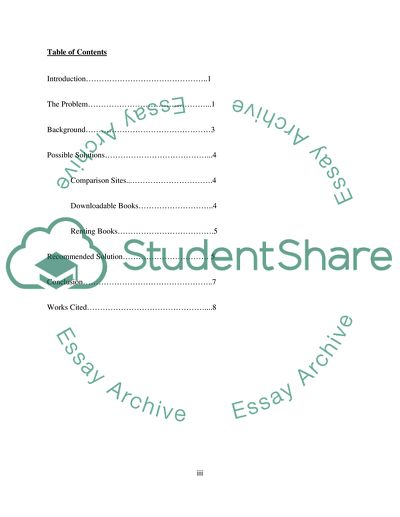Cite this document
(High Cost of Textbooks - Problem-Solution Research Paper, n.d.)
High Cost of Textbooks - Problem-Solution Research Paper. Retrieved from https://studentshare.org/education/1578331-edite
High Cost of Textbooks - Problem-Solution Research Paper. Retrieved from https://studentshare.org/education/1578331-edite
(High Cost of Textbooks - Problem-Solution Research Paper)
High Cost of Textbooks - Problem-Solution Research Paper. https://studentshare.org/education/1578331-edite.
High Cost of Textbooks - Problem-Solution Research Paper. https://studentshare.org/education/1578331-edite.
“High Cost of Textbooks - Problem-Solution Research Paper”, n.d. https://studentshare.org/education/1578331-edite.


